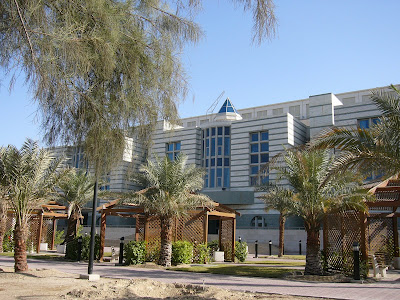Business as Usual in Tehran

Unexpectedly, Tehran presented itself in early November this year more than charming. The air was clear and sun shining every day while temperatures were very comfortable at 22 centigrade. An obligatory visit of the Carpet Museum at the north western corner of Lahle Park with its small but selected collection and exhibition of pieces mainly from the 18th and 19th century would prevent me from buying more carpets in Tehran’s bazaar. The nearby Museum of Contemporary Art is also interesting. Besides displaying paintings, sculptures and very interesting installations by local artists, the fine collection includes works from Picasso, Max Ernst, Magritte, Miro, Edward Hopper, Jackson Pollock, Andy Warhol, even Francis Bacon. Our hosts took much care of us so that we were guided, on a special tour, also through the Archaeological Museum (part of the National Museum of Iran), Golestan Park, and the incredible National Jewels Museum which is located in what can be called a walk-in bank saf...




